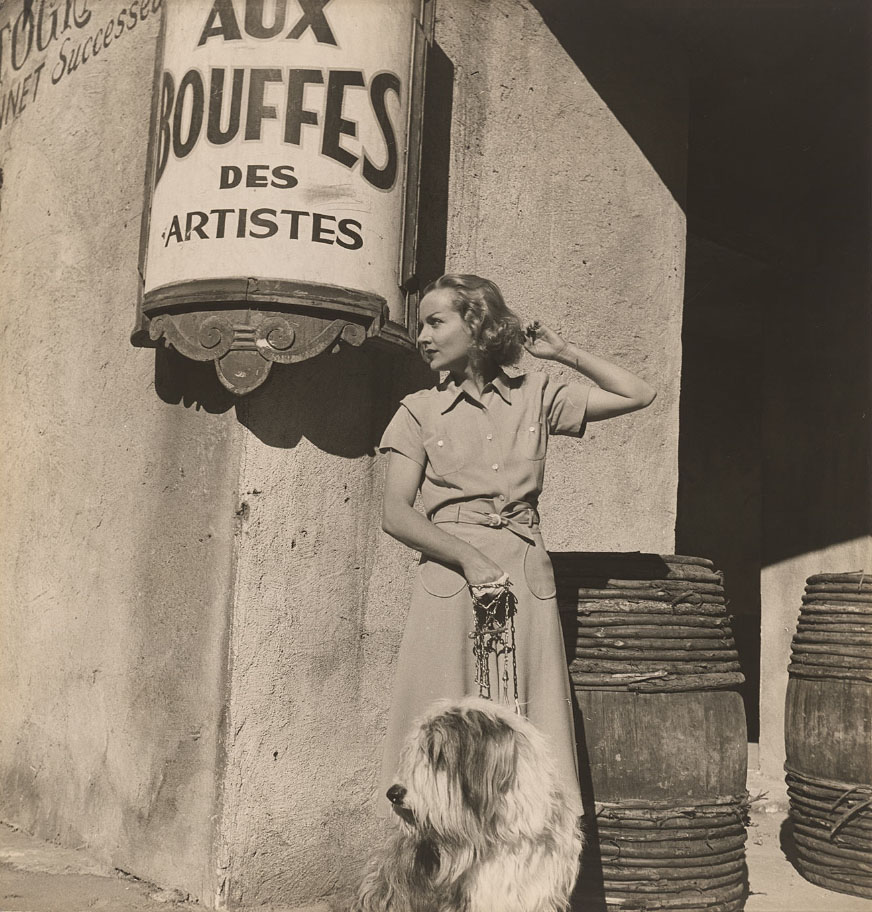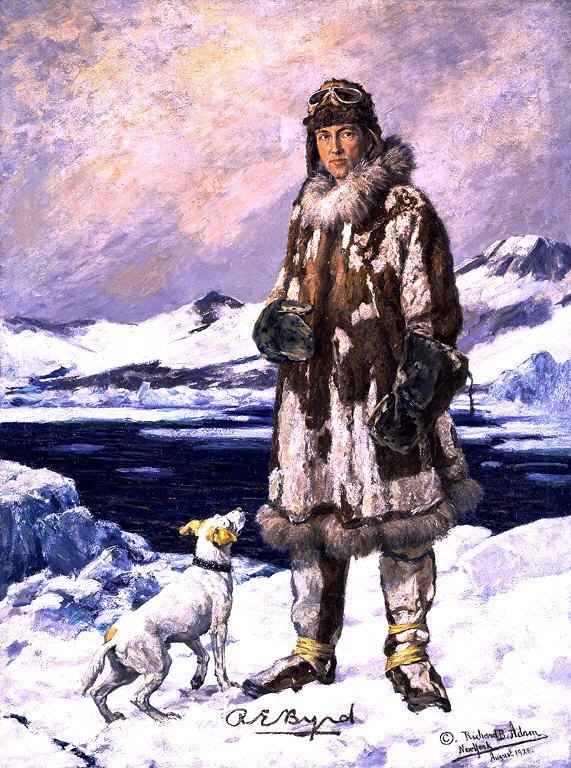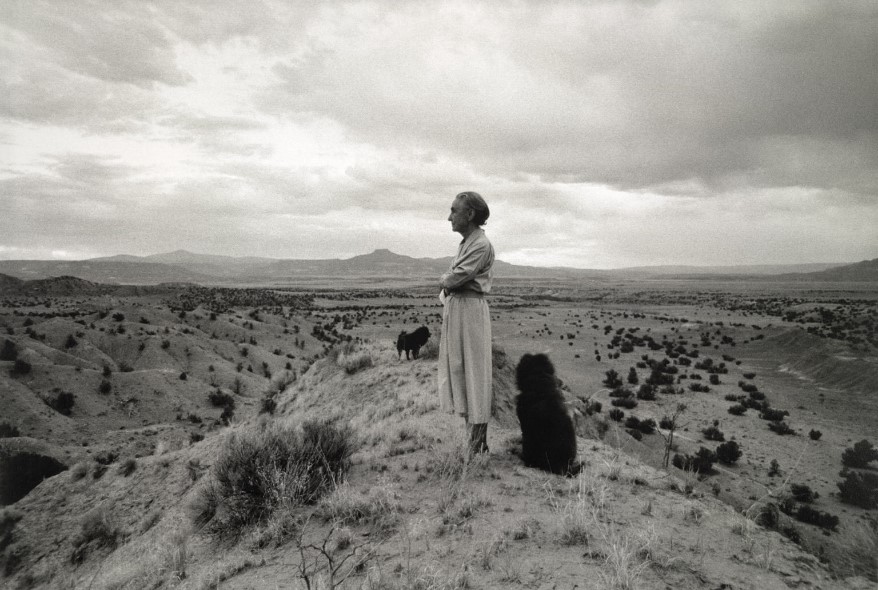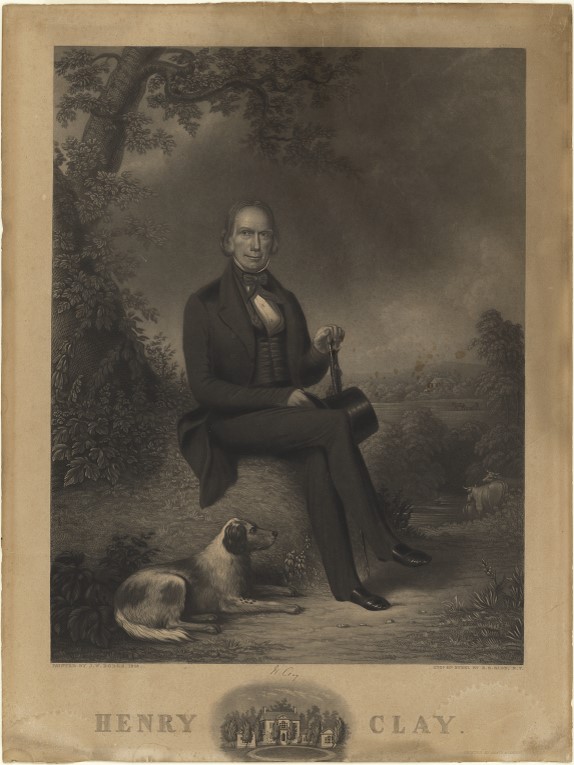Unleashed! Canine Tales from the National Portrait Gallery—Part One
This blogpost originally appeared Sept. 18, 2018
“Some of our greatest historical and artistic treasures we place with curators in museums; others we take for walks.”—Roger Caras, photographer and animal activist
To a surprising degree, the treasures of the National Portrait Gallery bridge the gap between what belongs in a museum and what can go for a walk. Dogs appear in many of the Gallery's portraits, and dog-lovers who feel most at ease with a beloved pet will understand why. Below is a sampling of special canine-human relationships that have been documented through portraiture.

Named for a legendary eighteenth-century dandy, Carole Lombard's English sheepdog Beau Brummel had a daunting reputation to live up to. Fortunately, Beau was dog enough for the challenge. He shadowed his glamorous owner on set and stole the limelight at many of her photo sessions. In this double portrait, published in Harper's Bazaar in March 1938, Louise Dahl-Wolfe shows Beau vying with Lombard's striking profile and great hair on the faux-Parisian set of the film Fools for Scandal. Deeply fond of animals, Lombard surrounded herself with a menagerie of diverse pets. After marrying Clark Gable, she settled down on a ranch where the couple raised chickens and horses along with dogs and cats. One of Lombard's favorites, a Pekingese called Pushface, made a star turn in Lombard's film Love before Breakfast (1936). According to Hollywood gossip columnist Louella Parsons, he was "a picture stealer if I ever saw one."

A short-haired fox terrier may seem an unlikely passenger on a hazardous Arctic expedition, but Igloo was no ordinary dog. Rescued as a homeless stray wandering the streets of Washington, DC, he was given to Richard Byrd just before the polar explorer and aviator set out in 1926 on a voyage to the Arctic. Byrd and his team were preparing to fly over the North Pole, and Igloo's playful antics were an entertaining distraction during the long ocean voyage. In 1928 Igloo accompanied Byrd to the opposite side of the globe on a two-year expedition in Antarctica. Fitted out in a small camel-hair suit and booties, Igloo chased penguins and dodged irritable sled dogs—often in view of a camera. By the end of the mission, Igloo was a national celebrity and the proud recipient of a gold medal from the Tail Waggers Club of New York. When Igloo passed away unexpectedly in 1931, Byrd's heartache was shared by the nation. "Igloo cannot be replaced," Byrd lamented. "A dog can be, and usually is, a better friend to his master than he is to himself." Igloo's grave in a pet cemetery in Dedham, Massachusetts bears the inscription "HE WAS MORE THAN A FRIEND.”

In 1952 two blue chow puppies, Bo and Chia, entered Georgia O'Keeffe's life. Her world would never be the same. The artist had moved to New Mexico three years earlier, and the dogs became her constant companions as she went about her day. "It seems to be my mission in life to wait on a dog," O'Keeffe remarked. She went on to become a card-carrying member of The Chow Chow Club, Inc. and raised a total of six chows. A pair of dogs flank O'Keeffe in this striking photograph by John Loengard. The sculptor Marisol also represented O'Keeffe bookended by two chows in her 1982 bronze-cast portrait of the artist in San Francisco. Of all the dogs, Bo remained O'Keeffe's favorite. When he died, she buried him beneath a cedar tree but always imagined him elsewhere. "I like to think that probably he goes running and leaping through the White Hills alone in the night," she wrote.

Politicians have long relied on the appeal of dogs to ingratiate themselves with humans. This engraving was published in 1844 to promote Henry Clay's bid for the presidency. It portrays the candidate sitting on an earthen bank in a bucolic setting complete with cows. The spaniel resting patiently at Clay's feet was probably not his actual pet, but a symbol intended to enhance Clay's air of authority and to associate him with the stereotypical canine virtue of fidelity. There may have been an additional reason to portray Clay peacefully coexisting with a dog. Upon assuming the speakership of the House of Representatives in 1811, he had caused a stir by ejecting one of the hunting dogs that Virginia Representative John Randolph habitually brought into the House Chamber. Like the best political propaganda, the engraving of Clay is subtle, but its unspoken message is clear: "Some of my best friends are dogs."